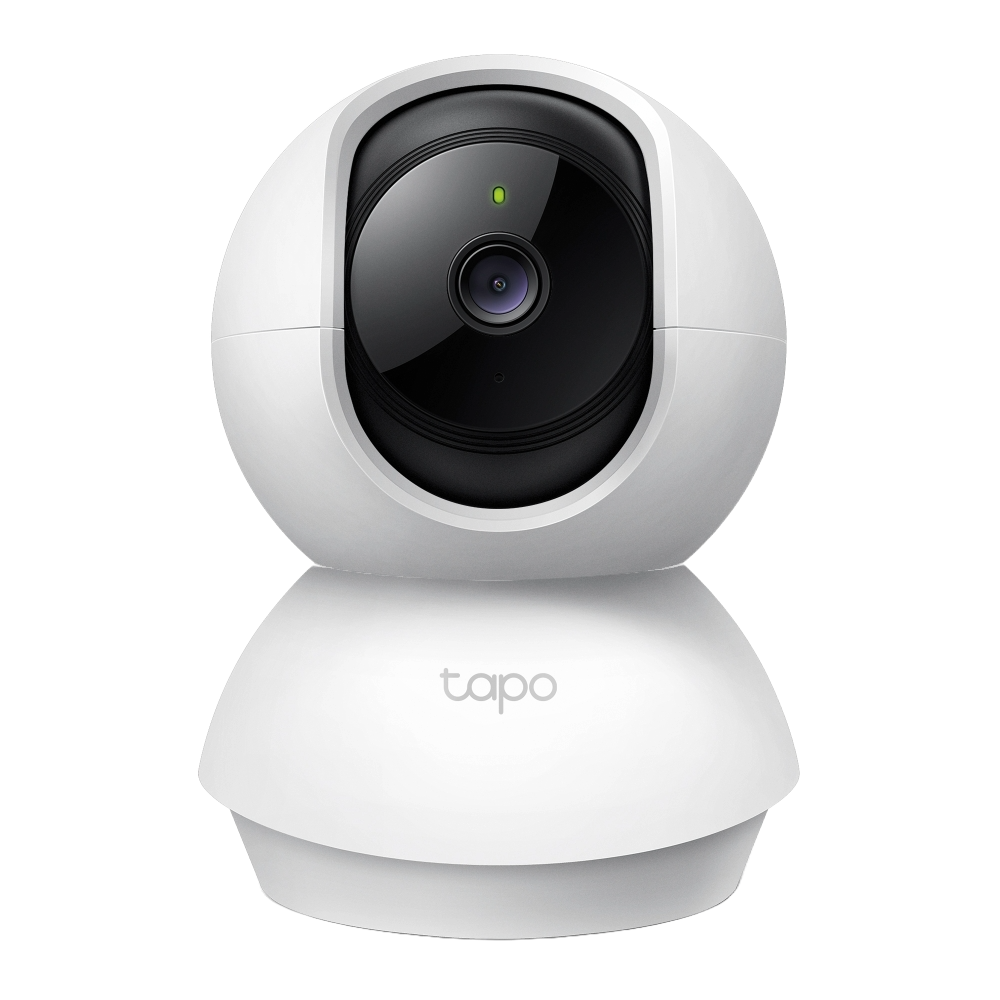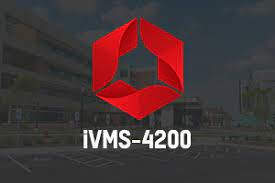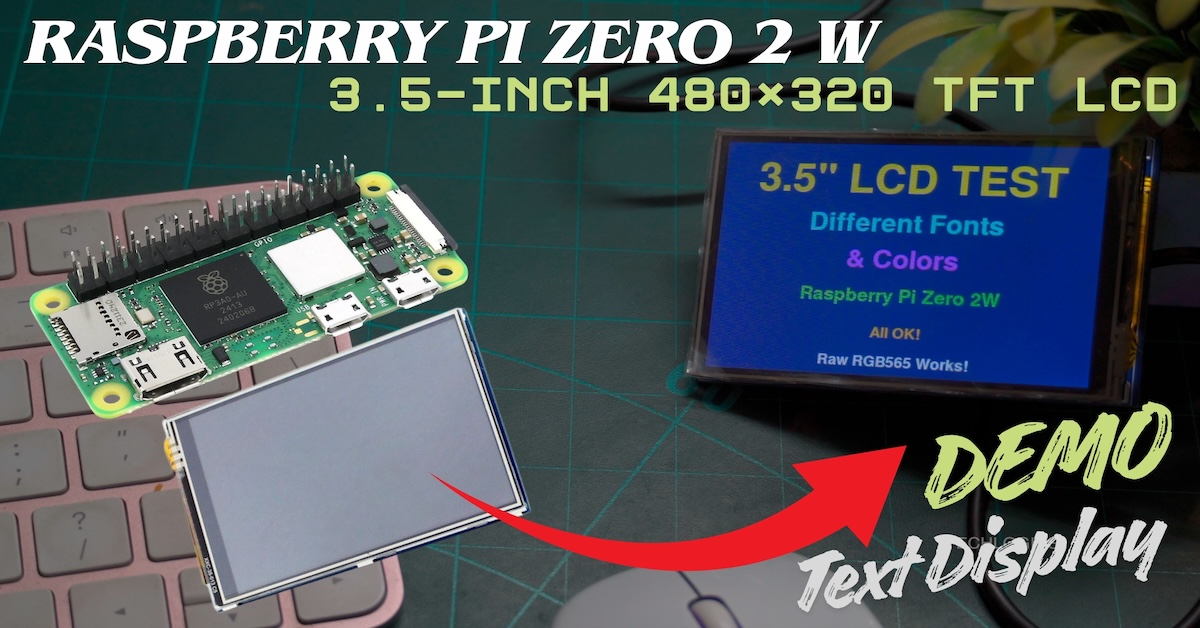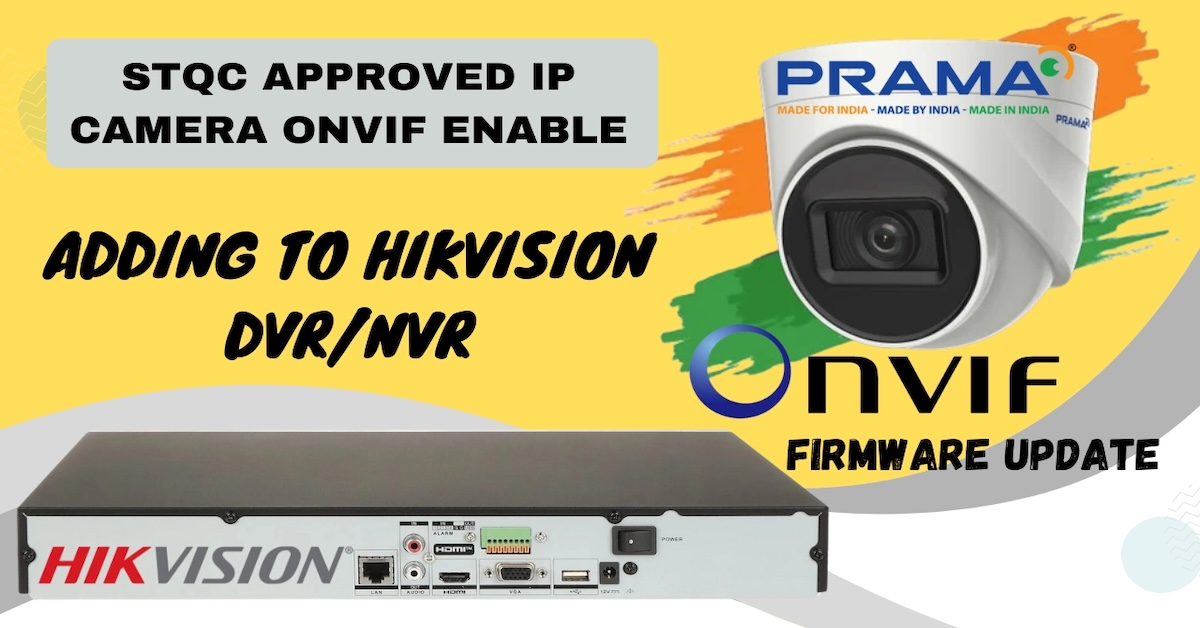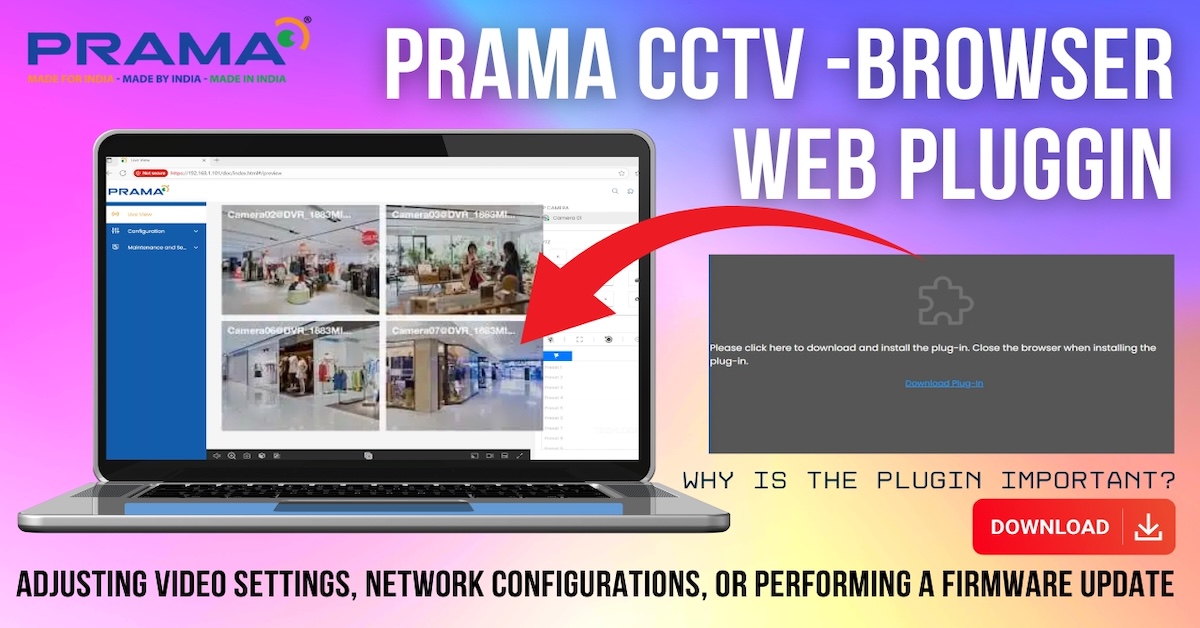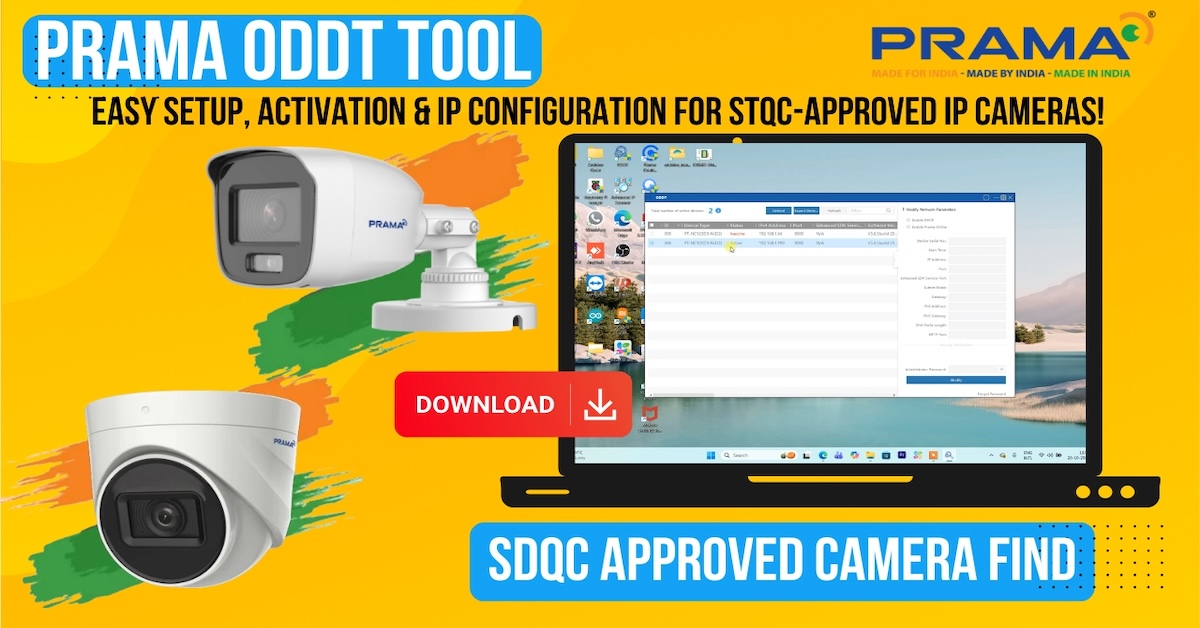Setting a fixed IP address for your EZVIZ WiFi cameras ensures consistent access and reliability within your network. With a static IP, you always know the address of your device, making it easier to manage, access, and configure remotely. This is particularly useful for tasks like setting up port forwarding, applying firewall rules, or integrating the camera with other systems like a DVR or home automation system, where a consistent IP address is crucial for uninterrupted operation.
Step 1: Download and Install EZVIZ Studio Software
To begin, you’ll need to download and install the EZVIZ Studio software on your Windows computer. Visit the official EZVIZ website, navigate to the download section, and select the appropriate version for your system. Once downloaded, install the software by following the on-screen instructions.
Step 2: Launch and Log In
After installation, launch the EZVIZ Studio application. You’ll be prompted to log in with your EZVIZ account credentials. If you don’t have an account, you’ll need to create one.
Step 3: Add Your Camera (If Necessary)
If your camera isn’t already added to the EZVIZ Studio, you’ll need to do so. The software will guide you through the process of adding your camera. Ensure that your camera is connected to your network and powered on. Follow the prompts to complete the addition.
Step 4: Access Camera Settings
Once your camera is added and visible in the main interface, select it by right-clicking the camera thumbnail. From the context menu, choose “Settings.” This will open the settings interface for the camera.
Step 5: Configure Network Settings
In the settings interface, navigate to the network settings section. Here, you’ll find an option to switch the IP mode from DHCP (dynamic) to Static IP. By default, cameras typically use DHCP to obtain an IP address automatically from your router. To set a fixed IP address, you’ll need to switch this to Static IP. Or You can directly enter new Ip address to act as an Fixed IP.
Step 6: Enter Fixed IP Details
After selecting Static IP, you’ll need to enter the desired IP address for your camera. Along with the IP address, you’ll also need to input the appropriate subnet mask, gateway, and DNS server details for your network. These settings should correspond with your network configuration to ensure the camera can communicate effectively.


Step 7: Save and Reboot
Once you’ve entered the necessary details, save the changes. The camera will likely need to reboot for the new configuration to take effect. Allow the camera to restart, and give it a few moments to reconnect to the network with its new IP address.
Step 8: Verify the Configuration
After the camera has rebooted, verify that it is accessible using the new IP address. Open the EZVIZ Studio software, and ensure the camera is listed and can be accessed with the new settings. To further confirm, you can enter the IP address directly into the settings to make sure everything is configured correctly.
Conclusion
By setting a fixed IP address for your EZVIZ WiFi camera, you enhance the reliability and accessibility of the device within your network. This setup is particularly beneficial for advanced configurations such as port forwarding, firewall rules, and integration with other systems. Following these steps will ensure your camera maintains consistent network communication, making remote access and management more efficient.
